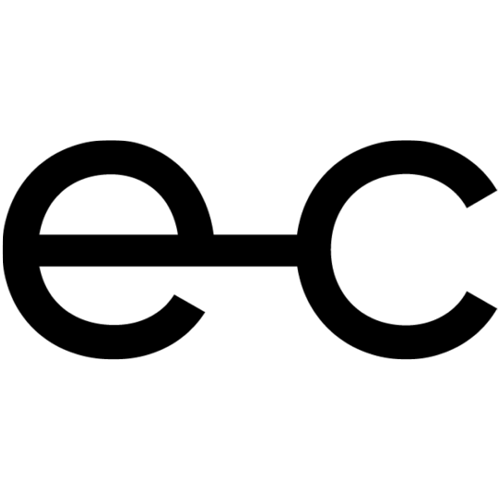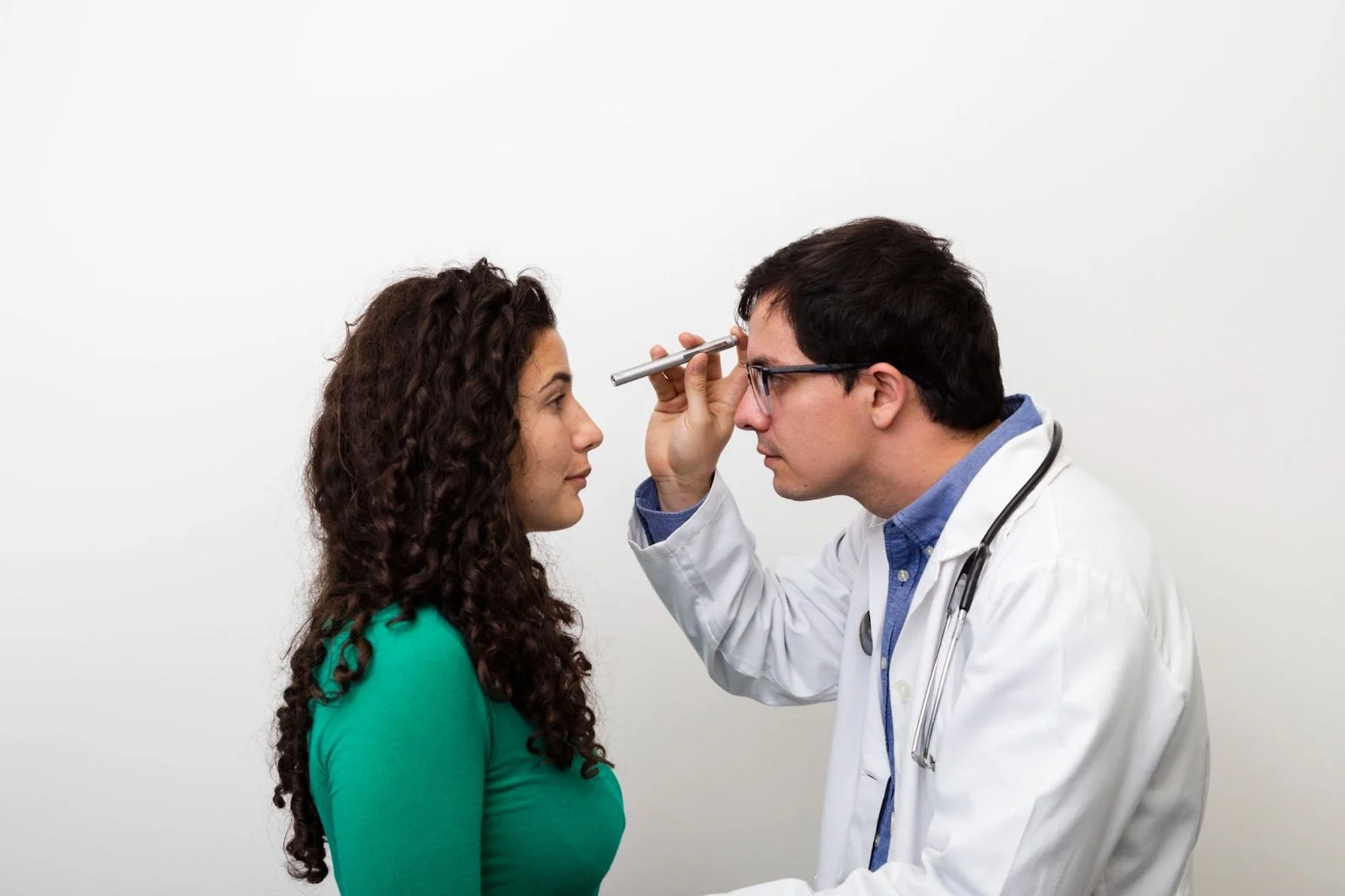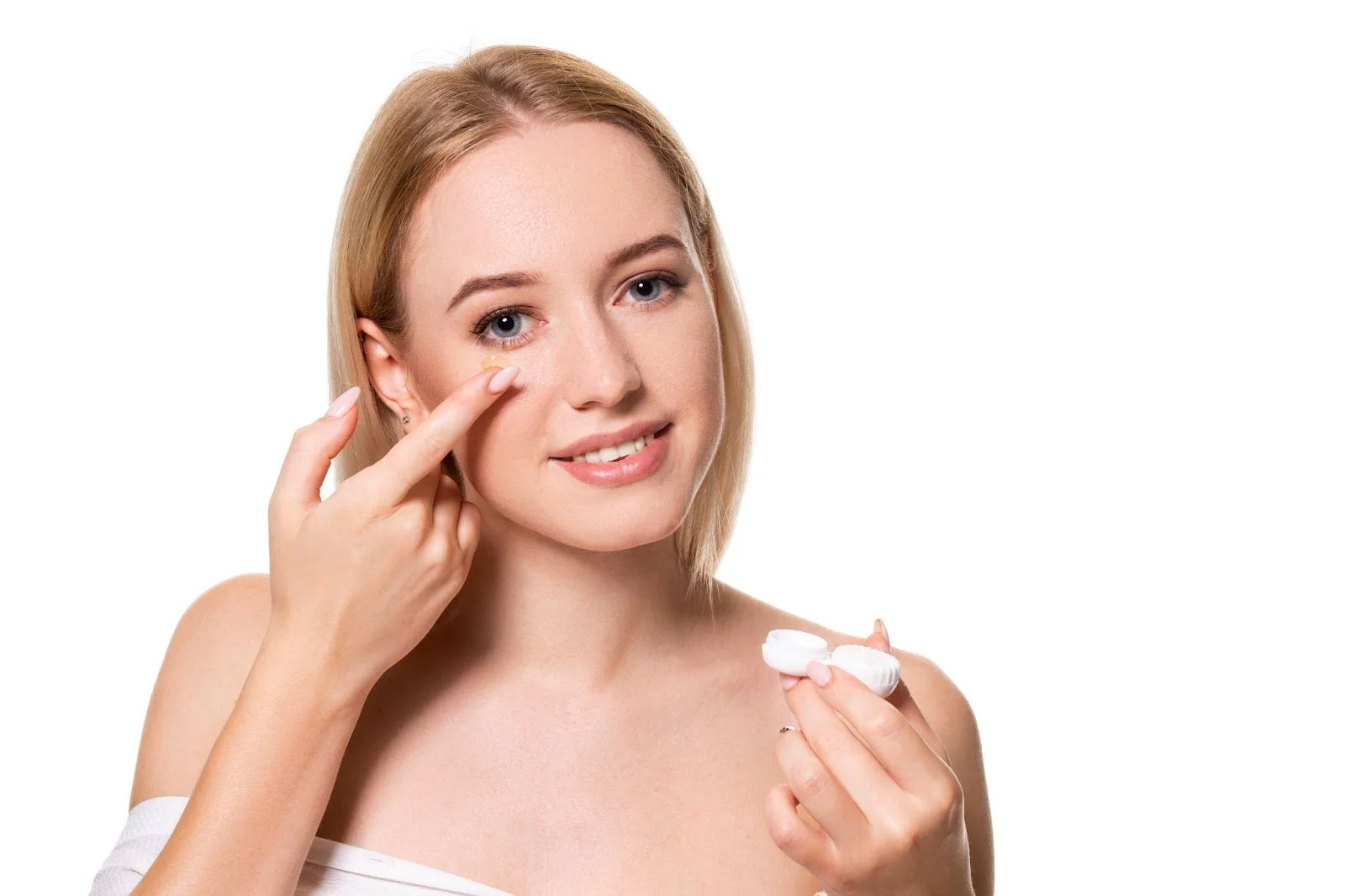What Happens If You Wear Contacts Too Soon After an Eye Infection?
Wearing contact lenses can be a game changer for vision and lifestyle—but after an eye infection, it’s not something to rush back into. If you resume wearing lenses before your eyes have fully healed, you risk reigniting the infection or even causing long-term eye damage. Instead, take the time to recover properly and seek professional advice through a contact lens fitting to ensure you’re on the right track: learn more about fitting and safety. Remember, professional advice is your best guide to a safe recovery.
This article will guide you through the risks, signs your eyes aren’t ready yet, and the steps to safely return to wearing contact lenses.
Why You Must Wait Until Full Recovery
Healing from an eye infection isn’t just about feeling better—it’s about ensuring your eyes are completely free from irritation and infection before reintroducing contact lenses. Here’s why jumping the gun can be dangerous:
Risk of Reinfection
Even if your eyes feel “okay,” reusing contact lenses or the same case could introduce leftover bacteria or viruses. It’s one of the most common reasons why conjunctivitis (also known as pink eye) recurs in contact lens users.
Contaminated lenses and accessories can silently harbour infection-causing microbes, leading to an unpleasant and avoidable setback.
Delayed Healing
Contact lenses limit the oxygen supply to your corneas. That’s not usually an issue for healthy eyes—but for healing eyes, reduced oxygen can slow recovery and worsen inflammation. Popping your lenses back in too early may prolong discomfort and stall progress.
Risk of Permanent Damage
If your eyes aren’t ready and you continue to wear lenses, it can lead to corneal ulcers or scarring. These complications can result in long-term vision issues that are much harder to treat than the initial infection.
Warning Signs Your Eye Isn’t Ready
You might be eager to get back to your routine, but your eyes may still be telling you they’re not ready. Watch out for:
Persistent redness or irritation
Unusual discharge or excessive tearing
Sensitivity to light
Blurred or fluctuating vision
A gritty or burning feeling
If you notice any of these symptoms, it’s best to avoid wearing contacts and book a check-up with your optometrist right away. According to Healthdirect Australia, even mild eye symptoms should not be ignored, especially for individuals who wear contact lenses.
When Can You Wear Contacts Again?
There’s no universal timeline—it varies depending on the severity of your infection, the type of treatment used, and your eye health history. However, these are the golden rules:
After Medical Clearance
Never guess or rely solely on how your eyes feel. Always wait until your optometrist confirms you're fully healed. Most professionals recommend waiting 24–48 hours after all visible symptoms have disappeared.
After Completing Medication
Even if your eyes appear better, stopping your eye drops or ointment too early could leave your eyes vulnerable. Ensure you complete the entire prescribed course before considering contact lenses.
Skipping this step is a major contributor to recurrent infections. The Royal Victorian Eye and Ear Hospital reinforces this point, emphasising the importance of a full recovery and completing medication before resuming contact lens use.
What You Need to Replace or Disinfect
It’s not just your eyes that need a reset—your contact lens accessories do too. Microorganisms can linger on surfaces even after they appear clean. Here’s what to do:
| Item | What to Do |
|---|---|
| Old contact lenses | Dispose of them—even if they were barely used |
| Lens case | Replace it with a brand new one |
| Lens solution | Discard any open bottles |
| Reusable lenses | Disinfect thoroughly or, better yet, replace them |
Don’t take chances. If in doubt, replace rather than reuse.
Best Practices for Resuming Contact Lens Wear
Once you've been cleared to wear contact lenses again, take it slow. Your eyes may be technically healed, but they’re still sensitive. Here’s how to ease back in safely:
Follow Proper Lens Hygiene
Good hygiene isn’t just recommended—it’s non-negotiable. Here's what to keep in mind:
Wash your hands thoroughly with soap and water before handling your lenses.
Use fresh solution every time—never “top up” old solution.
Don’t sleep in your lenses unless your optometrist has specifically advised it’s safe.
These steps may seem basic, but they're your strongest defence against future infections. To make sure you're following best practices, check out our guide on how to clean contact lenses properly.
Reintroduce Gradually
Rather than jumping back into full-day wear, start with a few hours and gradually increase the time you wear it. Monitor how your eyes feel—any discomfort, dryness, or blurriness could signal that your eyes need more time to adjust.
Keep lubricating drops nearby (if approved by your optometrist), and avoid dusty or smoky environments for the first few days.
Schedule a Follow-Up
One week after resuming lens wear, it’s a good idea to schedule a follow-up exam. Your optometrist can ensure everything remains healthy and that your eyes are adapting well. If you experience recurring redness or discomfort, don't ignore it—get checked again.
For signs to watch out for, refer to our blog on when to see an eye specialist for redness or discomfort.
Frequently Asked Questions
Can I wear contacts if my eye still looks slightly red?
No. Even if the redness is minor, it can still signal lingering irritation or inflammation. Only wear contact lenses after your eye specialist gives the go-ahead.
Do I need to throw out my contact lenses after an infection?
Yes. Even if they appear to be fine, lenses used during an infection can harbour harmful microbes and should not be reused.
What if my symptoms return after wearing contacts again?
Take the lenses out immediately and seek professional advice. Returning symptoms may mean your eyes weren’t ready, or a new issue has developed.
Conclusion: Be Patient, Not Hasty
It’s natural to want to resume your regular routine after an eye infection—but when it comes to contact lenses, patience is a virtue. Wearing them too soon can undo your progress, prolong recovery, and in some cases, lead to lasting damage. So, remember that patience is key to your recovery journey.
The best thing you can do is:
Wait for full medical clearance.
Replace all potentially contaminated items.
Reintroduce lenses slowly and with care.
If you’re uncertain whether your eyes are ready for contact lenses again, it’s always best to consult an eye care professional. The right guidance can help you make informed choices that prioritise your eye health and comfort. You can explore a wide range of eye care services and resources by visiting Eye Concepts.
Your vision deserves the best care—give your eyes the recovery time they need to stay healthy for the long run.


